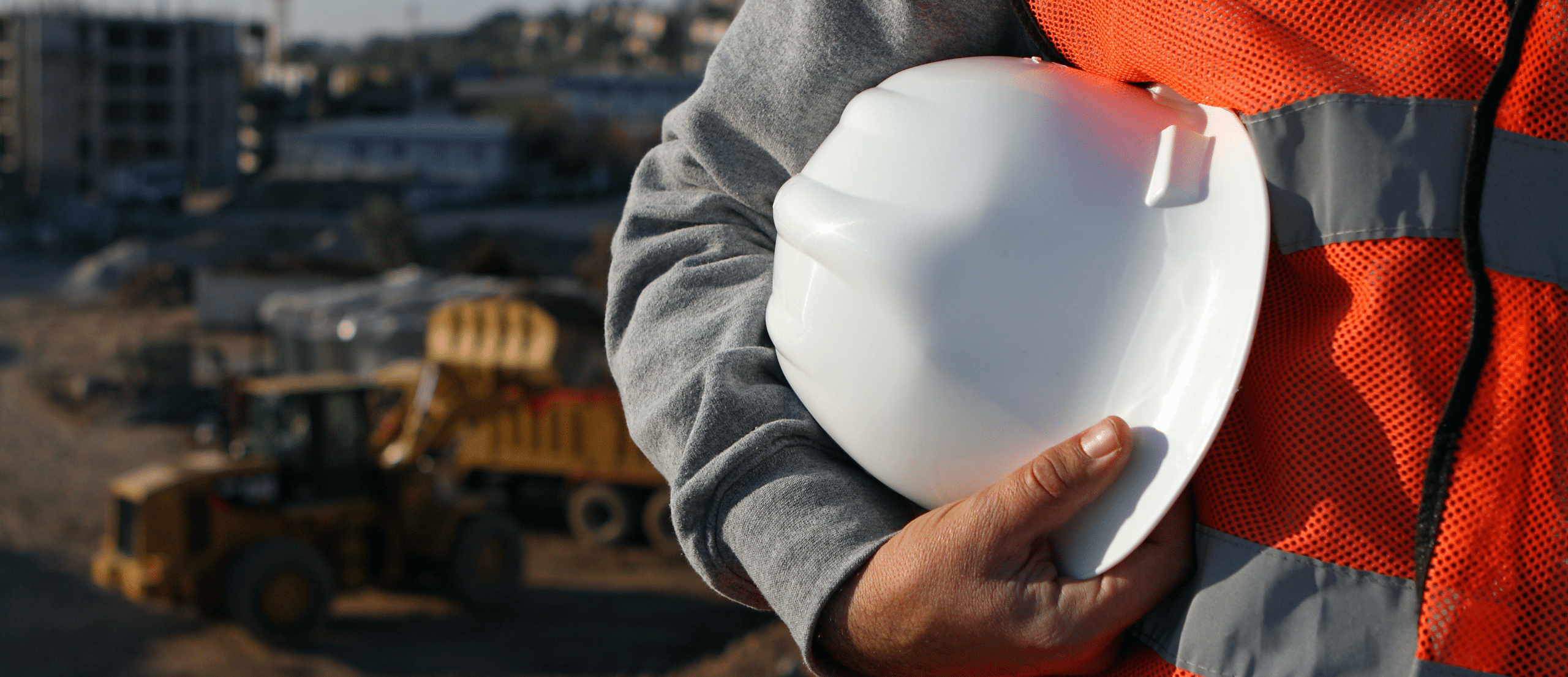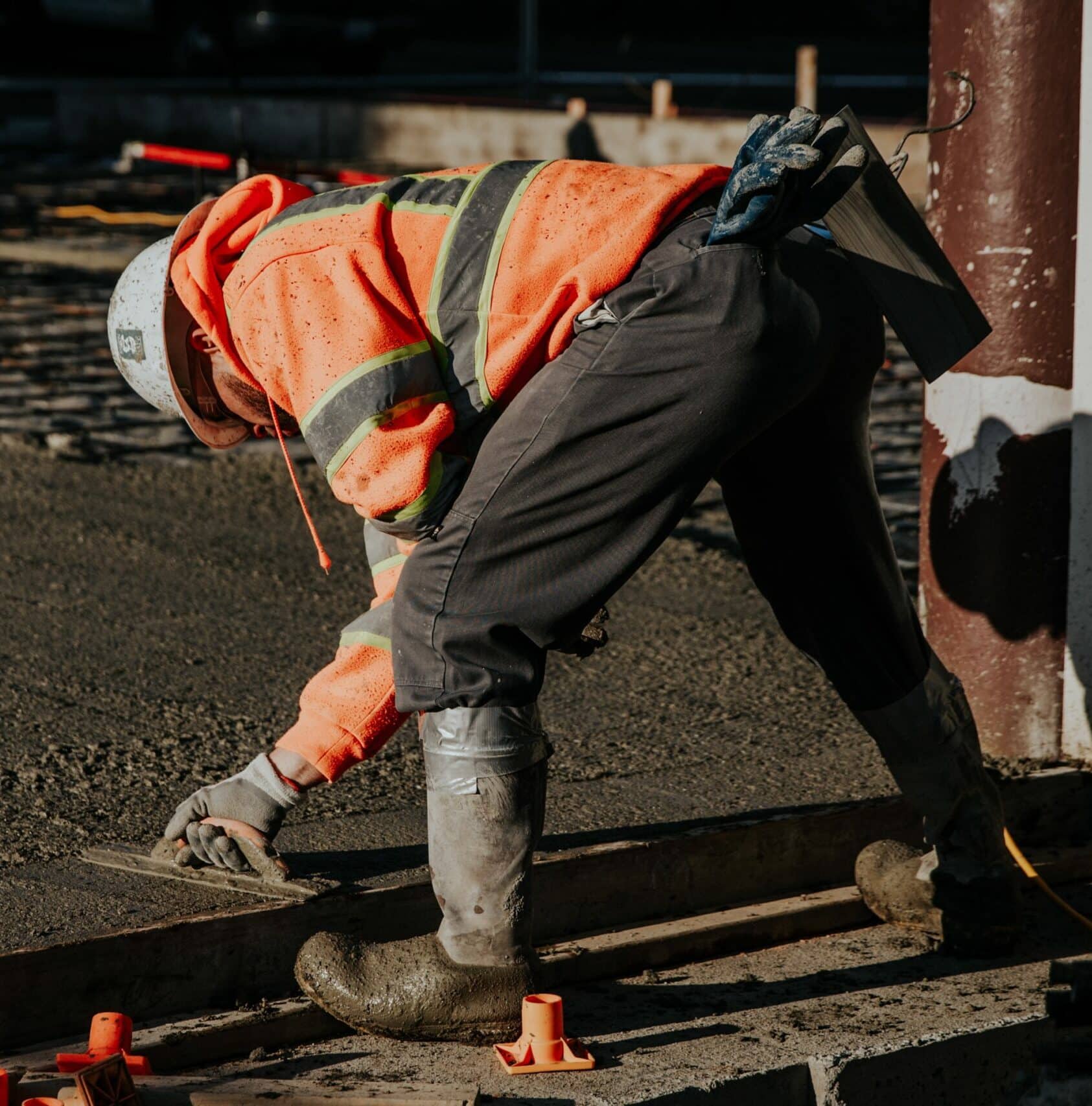
Gas Detection in The Construction Industry
Introduction to The Industry
The construction industry transcends the mere act of erecting buildings; it serves as the cornerstone of global development. From the iconic skyscrapers that dominate skylines to the intricate networks of transportation infrastructure, construction dictates the physical environment in which we live, work, and thrive. This industry boasts a rich history, tracing its roots back to the earliest human civilizations, and continues to undergo rapid transformation through constant innovation.
The construction industry is a multifaceted landscape, boasting a diverse range of specialisations designed to cater to distinct needs. Here’s a curated perspective on some of the key sectors:
- Building Construction: This sector focuses on the creation of residential and commercial structures, encompassing everything from single family homes to high-rise office buildings.
- Heavy Civil Infrastructure: This domain delves into large-scale projects critical for societal function, including bridges, tunnels, highways, and dams. These undertakings necessitate a profound understanding of structural engineering principles and project management
methodologies. - Industrial Construction: This sector specialises in the erection of facilities dedicated to manufacturing, processing, and power generation.
- Marine Construction: As the name implies, this sector tackles the intricacies of building structures on or near water bodies, encompassing docks, harbours, and offshore platforms.
The Need For Gas Detection
Construction sites present a complex and dynamic environment where a multitude of gases pose potential risks. Common culprits include:
- Carbon Monoxide (CO): This odourless and colourless gas, a product of incomplete combustion in engines and generators, can induce dizziness, nausea, and can be fatal in high concentrations.
- Hydrogen Sulphide (H2S): Often recognised by its rotten egg odour, H2S exposure irritates the respiratory system and can lead to unconsciousness. This gas is frequently encountered during excavation work, particularly in areas with organic matter.
- Volatile Organic Compounds (VOCs): Paints, solvents, and adhesives commonly used on construction sites emit VOCs. Exposure to these organic chemicals can trigger respiratory problems, headaches, and potentially long-term health effects.
- Oxygen Deficiency: Confined spaces like trenches and poorly ventilated areas can become oxygen depleted, posing a serious risk of suffocation.
The construction industry utilises a variety of gas detection technologies, each catering to specific requirements:
- Portable Detectors: These handheld devices, worn by workers, provide real-time monitoring of the surrounding air, offering a personal layer of protection.
- Fixed Detectors: Permanently installed in designated locations, these detectors offer continuous monitoring and can trigger alarms to alert workers of a gas leak, ensuring comprehensive site safety.
- Area Monitors: These devices provide a broader range of monitoring within a designated area, offering a more holistic picture of gas levels and minimising blind spots.

Confined Space Entry
Confined spaces are a common hazard in the construction industry. Trenches, ducts, silos, and storage tanks are just a few examples. These spaces can pose serious risks to workers, including:
- Asphyxiation: Lack of oxygen due to displacement by other gases or depletion from stagnant air.
- Poisoning: Exposure to toxic fumes or gases.
- Explosion: Flammable liquids, vapours, or dust can create explosive atmospheres.
- Engulfment: Risk of drowning in liquids or being buried by flowing materials like grain.
For these reasons, there are strict regulations and procedures for confined space entry in construction. Here’s a breakdown of the key points:
- Avoiding Entry if Possible: The priority is always to find a way to complete the job from outside the confined space. This might involve using remote tools or redesigning the work process.
- Permits and Planning: If entry is unavoidable, a permit system is required. This involves a thorough risk assessment, identifying all potential hazards and developing a safe system of work.
- Training and Competence: Workers entering confined spaces must undergo specific training. This training covers hazard recognition, safe work practices, use of personal protective equipment (PPE), and emergency procedures.
- Ventilation and Atmosphere Monitoring: Confined spaces must be adequately ventilated before and during entry. Gas detectors are used to monitor oxygen levels, the presence of harmful gases, and flammability.
- Attendants and Rescue: An attendant, trained in rescue procedures, must be stationed outside the confined space to monitor the worker and maintain communication. A rescue plan, with designated personnel and equipment, needs to be in place for emergencies.
- PPE: Confined space workers require specialised PPE, including respirators, harnesses, lifelines, and appropriate clothing.
To read our full guide of gas detection in the construction industry, and to see which products we recommend, download our industry guide today!





